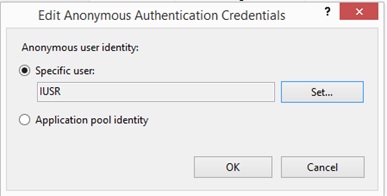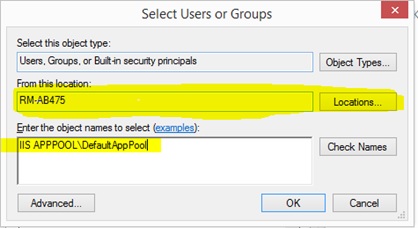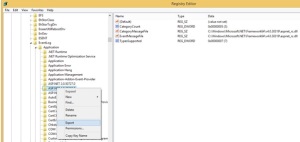Hi All,
I recently came across the following errors on trying to do an integrity check on one of my DBs
Msg 8951, Level 16, State 1, Line 1
Table error: table ‘LIVE.CBNHEA’ (ID 1652916960). Data row does not have a matching index row in the index ‘CBNHEA_ROWID’ (ID 2). Possible missing or invalid keys for the index row matching:
Msg 8955, Level 16, State 1, Line 1
Data row (1:3726817:1) identified by (HEAP RID = (1:3726817:1)) with index values ‘ROWID = 5679187 and HEAP RID = (1:3726817:1)’.
Msg 8951, Level 16, State 1, Line 1
Table error: table ‘LIVE.CBNHEA’ (ID 1652916960). Data row does not have a matching index row in the index ‘CBNHEA_CBH0’ (ID 3). Possible missing or invalid keys for the index row matching:
Msg 8955, Level 16, State 1, Line 1
Data row (1:3726817:1) identified by (HEAP RID = (1:3726817:1)) with index values ‘STOFCY_0 = ‘HLT’ and ITMREF_0 = ‘ and HEAP RID = (1:3726817:1)’.
Msg 8951, Level 16, State 1, Line 1
Table error: table ‘LIVE.CBNHEA’ (ID 1652916960). Data row does not have a matching index row in the index ‘CBNHEA_CBH1’ (ID 4). Possible missing or invalid keys for the index row matching:
Msg 8955, Level 16, State 1, Line 1
Data row (1:3726817:1) identified by (HEAP RID = (1:3726817:1)) with index values ‘STOFCY_0 = ‘HLT’ and LLC_0 = 99 and ITMREF_0 = ‘ and HEAP RID = (1:3726817:1)’.
CHECKDB found 0 allocation errors and 3 consistency errors in table ‘LIVE.CBNHEA’ (object ID 1652916960).
CHECKDB found 0 allocation errors and 3 consistency errors in database ‘xxxxx’.
repair_rebuild is the minimum repair level for the errors found by DBCC CHECKDB (xxxxx).
Then I ran the dbcc CHECKDB with ‘repair_rebuild’ on single user mode and it fixed the issue straight away.
This is what I did;
1. Put the DB on single user mode – In order to do this, right-click on the DB and select properties and then go to options, in the options select “Restrict Access” and then select “Single_User” and click “Yes”. You will have to close the management studio and reconnect again before proceeding to the next step.
2. After login on to management studio open up a query window that points to the relevant DB. Type the following
dbcc CHECKDB(‘dbname’,‘repair_rebuild’)
3. run the dbcc CHECKDB(‘dbname’)
This time all the inconsistency errors are gone 🙂
Happy Coding 🙂











